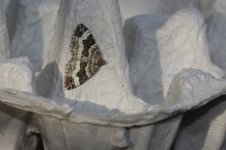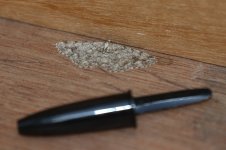Farnboro John
Well-known member
I can't quite work these out but they may be easy for some others.
First is a carpet and I thought would be no trouble but I just can't quite match it up...
Second is a beauty but seems both too small and not quite right for Willow which normally predominates here. Bic biro lid for scale.
Grateful for any assistance!
Cheers
John
First is a carpet and I thought would be no trouble but I just can't quite match it up...
Second is a beauty but seems both too small and not quite right for Willow which normally predominates here. Bic biro lid for scale.
Grateful for any assistance!
Cheers
John






